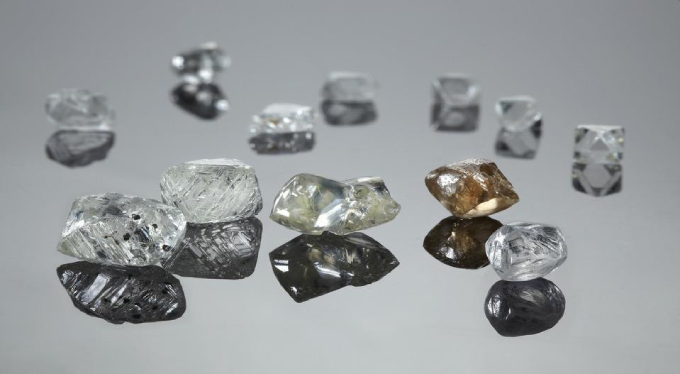Pangolin Diamonds has processed 25 kilogrammes of drill chips through its in-house 1TPH dense medium separation (DMS) plant, which produced chromite, clinopyroxenes, and what is interpreted as fragments of a chromite-garnet peridotite.
The dyke material, it said, is highly altered and is currently interpreted as a phlogopite-rich lamprophyre - similar to the diamondiferous lamprophyres discovered by Southern Africa Minerals Corporation in 1998 approximately 33 km to the north.

It said the discovery came on the back of an extensive soil sampling programme that identified a chromite anomaly measuring approximately 850 m x 250 m.
About 52.5% of chromites recovered from soils at Kweneng were indicative of diamond stability field.
Chromites had previously been identified as diamond inclusions in West Africa, Dokolwayo in Swaziland, the five mines in Kimberley, Roberts Victor Star (all in South Africa), the Diavik kimberlite in Canada and Murowa as well as River Ranch in Zimbabwe.
Meanwhile, Pangolin said a soil sampling programme will continue once the lockdown is lifted to determine the horizontal extent of the dyke, locating any diatreme structures associated with the dyke as well as locating additional dykes within the KW04 area.
The company was currently taking advantage of the lockdown to review all existing data and for planning future field programmes.
It intends to recommence exploration as soon as the lockdown is lifted.
Mathew Nyaungwa, Editor in Chief of the African Bureau, Rough&Polished
